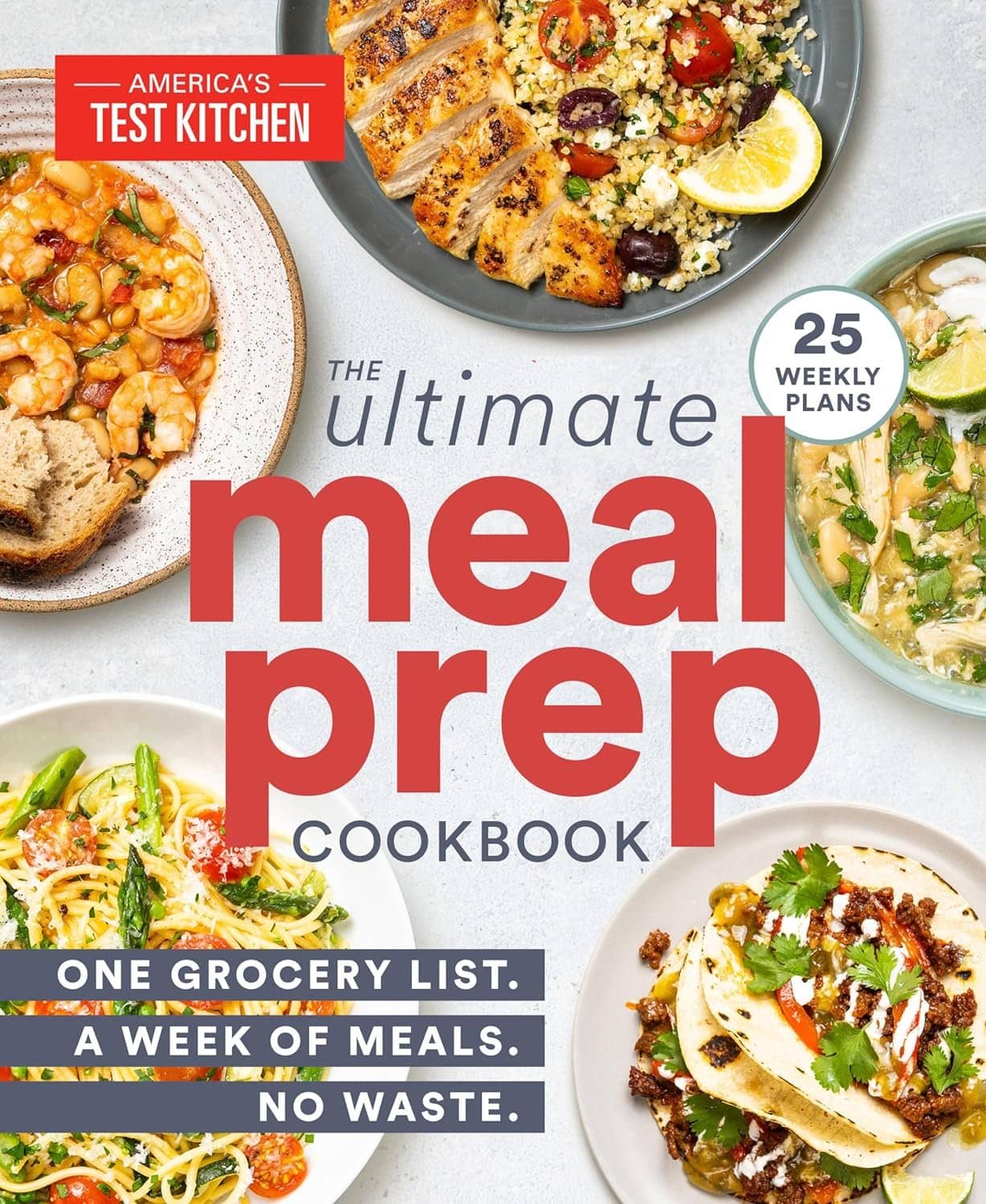Zero Waste Cooking: Why It Matters
Zero waste cooking is more than just a trend; it’s a movement aimed at reducing food waste and promoting sustainability. This philosophy encourages using every part of the food we purchase, minimizing scraps that typically end up in the landfill. The concept of zero waste cooking is essential in addressing the alarming rates of food waste globally.
According to the Food and Agriculture Organization (FAO), approximately one-third of the food produced for human consumption is wasted annually, which amounts to about 1.3 billion tons. This contributes not only to economic losses but also to significant environmental issues such as greenhouse gas emissions.

Adopting zero waste cooking techniques can have a profound impact. Environmentally, it reduces our carbon footprint and conserves valuable resources. Economically, it helps households save money by making the most out of the food we buy. On a personal level, zero waste cooking fosters creativity and resourcefulness in the kitchen, turning cooking into a nourishing and fulfilling activity.
Consider the story of Maria, a mother of two from Portland. She was inspired to transition to zero waste cooking after realizing how much food her family discarded each week. She started incorporating vegetable peelings into broths, using overripe fruits for smoothies, and repurposing leftovers into new meals. Not only did her family see a reduction in their monthly grocery bills, but Maria also found immense satisfaction in knowing that they were contributing to a healthier planet. This shift in her kitchen practices became a transformative experience, showcasing the tangible benefits of zero waste cooking.
This blog post will delve into fifteen revolutionary zero waste cooking techniques that you can adopt in your kitchen. From meal planning and smart storage solutions to creative recipes using commonly discarded ingredients, we’ll explore practical methods to minimize food waste. Whether you’re a seasoned cook or just starting out, these techniques will inspire you to make the most of everything in your pantry, turning your kitchen into a hub of sustainability and innovation.
15 Techniques to Revolutionize Your Zero Waste Kitchen
Mastering zero waste cooking techniques is pivotal in creating a more sustainable kitchen environment. Here are 15 innovative techniques designed to minimize food waste and maximize efficiency:

Plan your meals for the week to avoid unnecessary purchases. Tools like meal planning apps can help streamline your shopping list based on planned recipes, reducing food waste significantly.

Buy only what you need, preferably in bulk to minimize packaging. Use reusable shopping bags and containers. Bestselling products like stasher bags are invaluable for this purpose.

Get creative with leftovers. Transform them into new meals. For instance, leftover vegetables can be made into a hearty soup.
Resources like the “Love Food Hate Waste” website offer great ideas.

Learn how to preserve food through canning, pickling, and freezing. Tools such as vacuum sealers are excellent for keeping food fresh longer, preventing spoilage.

Instead of discarding organic waste, start a compost bin.
Products like the Epica Stainless Steel Compost Bin make composting easier by containing smells and keeping your kitchen tidy and making the perfect compost for your vegetable garden.

Certain veggie scraps like green onions or lettuce can be regrown in water. This adds to your produce supply without extra cost.

Prepare and cook meals in large quantities to save time and reduce waste. Store portions in reusable containers; the Prep Naturals Glass Meal Prep Containers are highly recommended.

Be mindful of portion sizes while cooking and serving. This reduces the likelihood of having leftovers that may go uneaten.

Store ingredients properly to extend their shelf life. Airtight containers and silicone stretch lids can maintain freshness longer.

Use parts of plants that are usually discarded, like beet greens or broccoli stems, in your cooking to maximize utilization.
DIY Ingredients: Make your own staples like bread, yogurt, and sauces to minimize packaging waste and ensure freshness.
Cooking from Scratch: Cooking from scratch allows you to control the ingredients you use and avoid pre-packaged foods, which often come with excess waste.

Invest in cookbooks that focus on zero waste recipes, they are valuable resources.

Use appliances designed for zero waste kitchens. For example, the FoodCycler can turn food scraps into compost with minimal effort.
Conscious Disposal: Explore community programs for food waste. Many municipalities offer composting services or food scrap drop-off points.
By integrating these techniques into your daily routine, you can significantly reduce food waste and promote a zero waste lifestyle in your kitchen.
Frequently Asked Questions About Zero Waste Cooking
Embarking on the journey of zero waste cooking can be both rewarding and challenging. Here, we address some of the most common questions to help you get started and succeed.
How can I start practicing zero waste cooking?
Starting zero waste cooking begins with a mindset shift towards reducing waste. Begin by assessing your kitchen habits and identifying common waste sources. Plan meals ahead to ensure you use ingredients before they spoil. Incorporate more whole foods and less packaged goods. Finally, get creative with leftovers; transform them into new meals to minimize waste. Check out zero waste recipe blogs and platforms for ideas to kickstart your journey.
What are some zero waste recipes?
There are countless recipes that align with zero waste principles. Soups, stews, and casseroles are excellent for using up odds and ends in the fridge. Stir-fries are another great option, enabling the use of various vegetables. Additionally, make use of vegetable peels and scraps in broths or smoothies. For more inspiration, explore zero waste cookbooks or websites dedicated to sustainability in the kitchen.
How do I store food to reduce waste?
Proper food storage is crucial in zero waste cooking. Use airtight containers, beeswax wraps, and glass jars to prolong the freshness of ingredients. Keep an organized refrigerator to easily see all produce and ensure nothing gets lost and spoils. Additionally, freezing surplus food items before they go bad is a viable method for extending their life. Learn more about proper storage techniques from sustainable living blogs and resources.
Can zero waste cooking be cost-effective?
Indeed, zero waste cooking can be cost-effective. By using every part of the ingredient, reducing food waste, and buying in bulk, you can lower your grocery bills. Additionally, cooking from scratch with whole foods often proves cheaper in the long run compared to pre-packaged options. Look for budget-friendly zero waste meal plans or guides to help align sustainable eating with financial savings.
What are the most common challenges and how do I overcome them?
The transition to zero waste cooking comes with challenges such as the initial time investment and finding the right resources. Overcome these by starting small—implement one or two techniques at a time. Learn from communities focused on sustainability, which can offer support and tips. Utilize digital platforms or applications that offer zero waste cooking tutorials, making the process smoother. Acknowledge the effort, but remember the positive environmental impact is worth it.
By addressing these frequently asked questions, you can start implementing zero waste cooking techniques and contribute to a more sustainable kitchen.
Success Stories: Transformations Through Zero Waste Cooking
Adopting zero waste cooking techniques has led to transformative experiences for many individuals and families. One notable example is the Thompson family from Portland. Before embracing zero waste cooking, they were throwing out approximately 60 pounds of food monthly. By rethinking meal planning and integrating food preservation methods, they managed to cut their food waste by 80% within six months. They now save over $200 each month on groceries.
Similarly, Anne Rivera, a single parent from Miami, found herself discarding substantial amounts of leftovers weekly. By adopting zero waste cooking principles like proper portioning, utilizing vegetable scraps for broth, and creatively repurposing leftovers, Anne reduced her kitchen waste by 70%. The financial relief from not buying unnecessary groceries translated into significant monthly savings, which she now redirects towards her children’s educational needs.
These success stories highlight both environmental and personal benefits. Mark and Susan, a young couple from Chicago, took their commitment further by growing their vegetables in a small backyard garden. Coupled with zero waste cooking, they virtually eliminated kitchen waste and enhanced their diet with fresh, organic produce. Their innovative practices have inspired neighbors, creating a burgeoning community movement toward sustainable living.
The Miller family from Austin also experienced significant transformations. By investing in reusable storage options and composting, they halved their weekly trash output. They also learned to make the most of every ingredient—turning citrus peels into natural cleaners and using vegetable scraps creatively in their meals.
These real-world examples underscore the impactful changes zero waste cooking techniques can bring. Whether it’s cost savings, reduction in food waste, or fostering community spirit, the benefits are plentiful. We encourage you to take the first step towards your zero waste journey. Share your experiences in the comments or on social media. Your story could inspire others to adopt more sustainable practices in their kitchens.
ⓘ Disclaimer:
Please note that the information provided in this blog post is for general informational purposes only and does not constitute professional advice. The author of this article is not an expert. It is important to consult with a qualified professional. The content of this blog post is based on the author’s personal experiences, research, and opinions. SmoothiePerks.com nor the author assumes no responsibility or liability for any consequences resulting from the use of this information. By reading this blog post, you acknowledge and accept that the information provided here is not a substitute for professional advice.
ⓘ Disclosure
Amazon Associates Program: smoothieperks.com is a participant in the Amazon Services LLC Associates Program, an affiliate advertising program designed to provide a means for sites to earn fees by advertising and linking to Amazon.com.
ⓘ Affiliate Disclaimer/Disclosure:
Please assume any links to 3rd party products are affiliate links for which I may receive a small payment from the vendor if you decide to sign up or purchase – at no cost to you.

